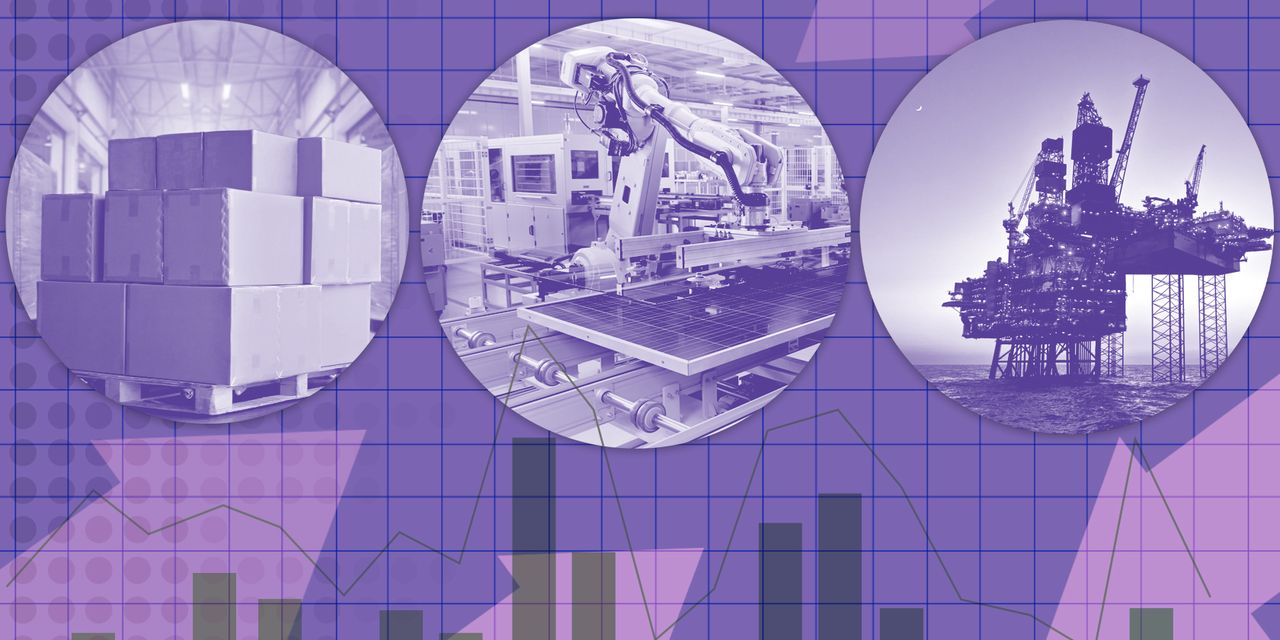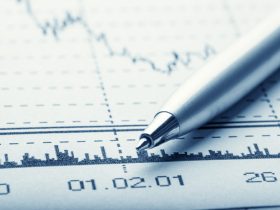For many consumers, the prices they pay at the grocery store or the mall are likely the most salient measure of inflation. But the prices retailers pay wholesalers for their goods and services are relevant too.
The government tracks changes in those prices using the producer price index. According to the Bureau of Labor Statistics, the index measures inflation from the perspective of the seller, while the consumer price index measures price changes from the perspective of the purchaser. PPI excludes taxes and distribution costs added when a consumer buys a good or service.
The BLS tracks over 10,000 individual products and groups of products for their index. The dashboard below contains 596 goods, services and final demand price indexes, such as various grains, machinery and freight transportation. Final demand is the headline index reported by the BLS and measures the change in price of products used for “personal consumption, capital investment, government and export.”
Check out MarketWatch’s CPI dashboard to search for inflation by product. Also see the almost 400 items tracked by the Commerce Department for personal consumption expenditures, the Fed’s preferred inflation metric.
Read the full article here











Leave a Reply